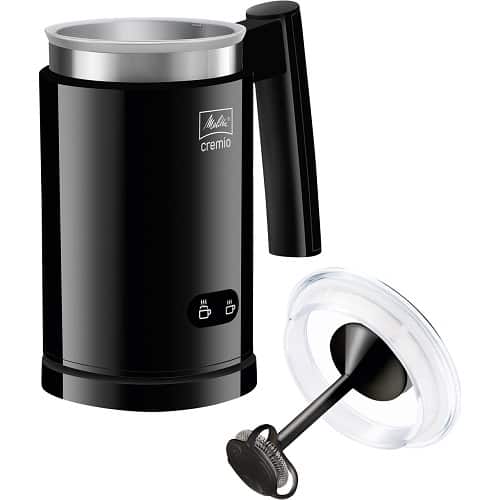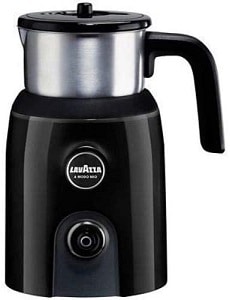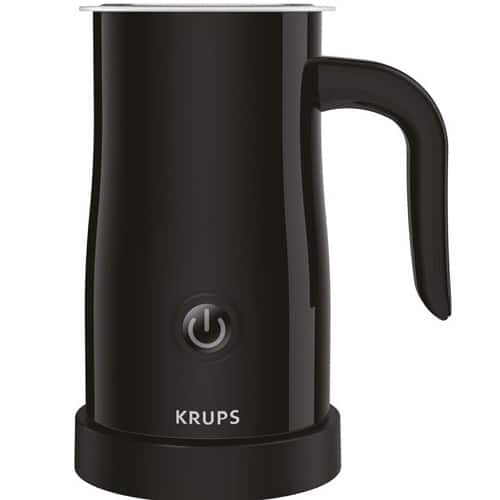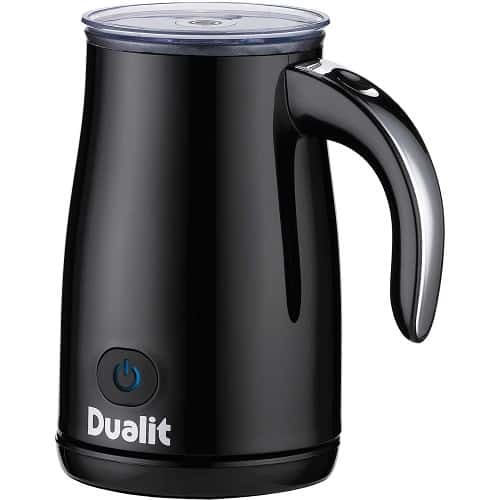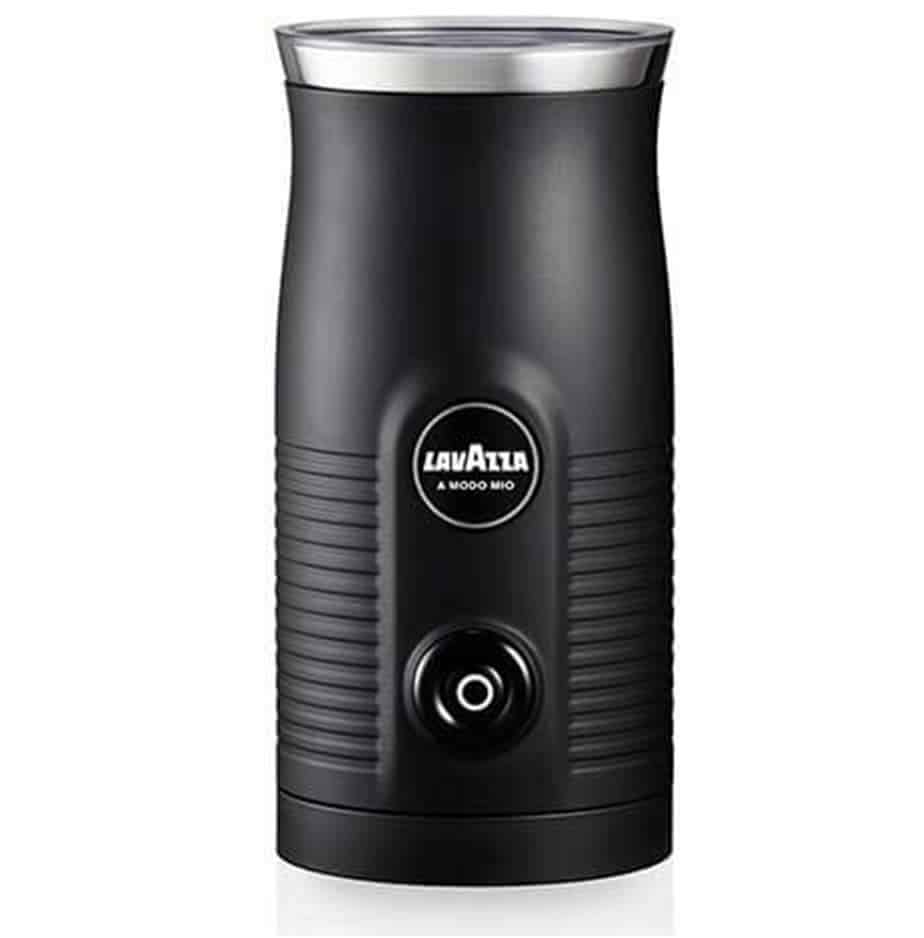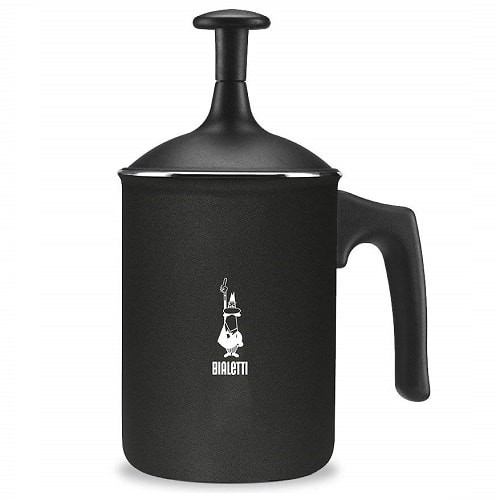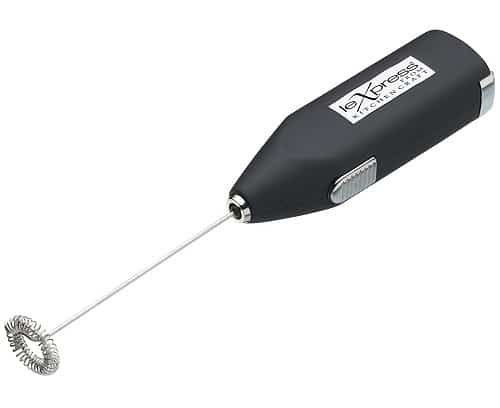What Is the Difference Between Frothed Milk and Steamed Milk?
Froth is formed when hot or cold milk is aerated, either through shaking the container or rapidly whisking the contents. This forms bubbles that are relatively large and voluminous compared to steamed milk. It is easier to froth milk when it is hot. Most milk frothers will first heat the milk before whisking it. But it is technically possible to froth milk at any temperature.
On the other hand, steamed milk is produced by using high pressure bursts to inject air and steam into the milk. This aerates and heats it up simultaneously. The bubbles formed by this process tend to be much smaller, thus producing a smooth microfoam texture. Instead of a milk frother, you will need to use a steam wand. They are often attached to the side of espresso and coffee machines.
Why Use a Milk Frother?
Here are a few reasons frothing your milk for drinks is worth it:
- Even Heat – Milk frothers are designed to heat and aerate milk evenly in order to avoid burning it.
- Stronger Flavours – The foam changes the surface tension of your drink so your milk’s volume increases without weakening the coffee’s flavour.
- Smooth Texture – Aerating milk gives it a fuller taste and texture.
- Save Time – Regardless of whether you get a manual or automatic frother, it will on average take 2 minutes or less to produce froth and enrich your coffee drinking experience.
What Drinks Can I Use Milk Froth In?
Frothed milk can be used in any milk-based drinks, such as regular coffees, cappuccinos, hot chocolates, lattes, flat whites, etc. Many milk frothers are also able to whip cold milk without heating it, which could be great for milkshakes and iced coffees. Here are some fantastic cold brew coffees that would work well with frothed milk.
Are Milk Frothers Suitable for Plant-Based, Non-Dairy Milk?
Some frothers do struggle since they work best with “fuller” milks whereas non-dairy options can be quite thin. Almond and soy milk tend to froth relatively well, but rice milk can be trickier.
We have picked out some frothers that can handle most types of milk, but you can also look through user reviews and see if anyone has praised or criticised the model you’re looking to buy.
Is It Possible to Froth Milk Without a Milk Frother?
In short, yes. We’ve listed some methods below, but they are unlikely to be as effective as getting a proper milk frother. Warming the milk beforehand will also make it easier to froth:
- Beat rapidly with a whisk: Use a smaller whisk and beat as fast as you can for 30-40 seconds.
- Use a mason jar: Heat the milk in a saucepan and then transfer to a mason jar. Ensure that the lid is tightly secured before wrapping the jar in a dishcloth and shaking vigorously for 30-40 seconds.
- Use a blender: Avoid using hot milk for this method because it could potentially melt the blender’s plastic. Use the “Pulse” setting for 20-30 seconds.
You now know everything you need to get the most out of your milk frother. Or if you haven’t bought one yet, you know what to look out for. Choose a model from any of our picks above. Or if you’re more interested in steam wands, check out our best espresso machine picks!
And afterwards, you can also reuse your leftover coffee grounds to truly get the most out of each cup.


